The Okanagan Heritage Museum is located in the downtown core and is easily accessible by bus in that it’s located next to a large transfer station. We decided to visit the museum again because we had family visiting from another country and the recent outbreak of forest fires had made the air quality a bit poor, so day indoors was a good choice. The museum has some permanent exhibits but it also has temporary ones so there is often something new to see.
Things of note:
- Easily accessible by bus and also has dedicated pay parking right out front.
- The museum is wheelchair accessible with ramps and stairs, though I do think the building is older and that the ramps are a bit narrower than some I’ve seen, but it’s probably safe to assume that the ramps are up to code.
- There is plenty of space between exhibits if you require the use of a mobility device.
- There are a few places to sit down if you need a rest, including some fold up metal (cushioned) chairs where you can watch some short videos about the local Indigenous Peoples, bench seats inside the pit house, and a few larger padded chairs in the temporary bathing suit exhibit.
- The bathrooms are wheelchair accessible.

Above: Front Entrance.

Above: An “ALL-USER” washroom.

Above: An important, touching exhibit about people who are homeless in Kelowna. Everyone deserves safety, shelter, and opportunities.
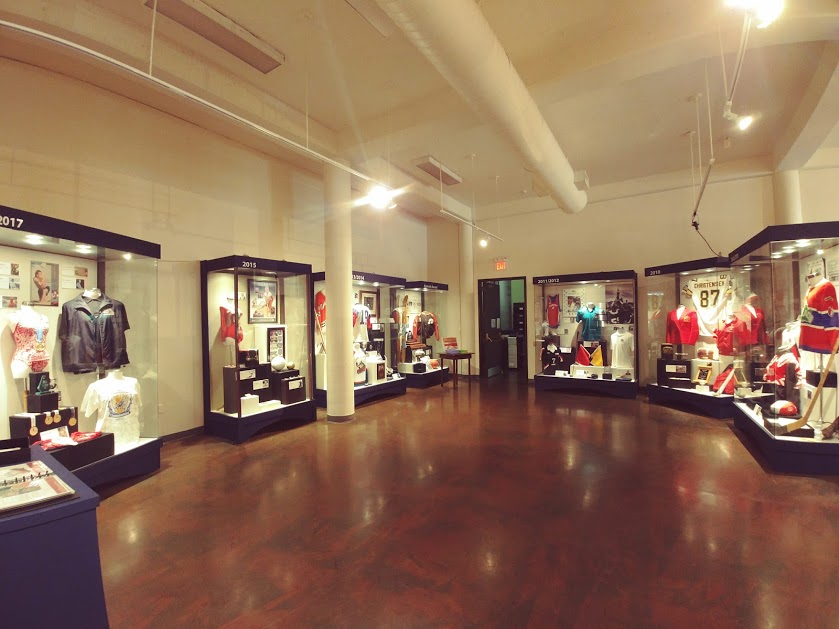
Above: Sports memorabilia. I admit that I’m not a sports fan, myself, but there is something for everyone at the museum!
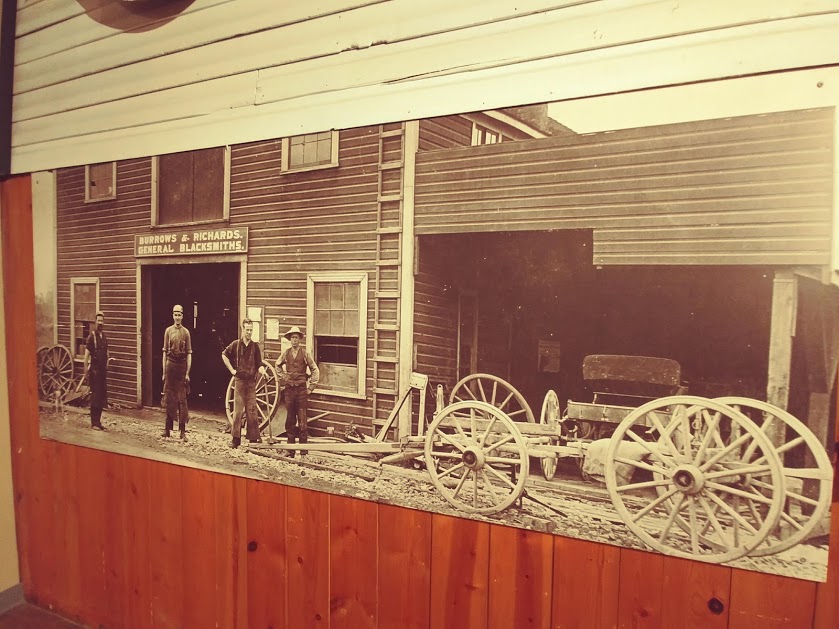
Above: There are many old photographs and permanent exhibits that showcase pictures and information about Kelowna’s beginnings.


Above: Much of the original railway in Canada was built on the backs of Chinese people who were little more than slaves. Those who remained in Canada made homes and lives here, and Chinese communities or “Chinatowns” still exist in some places. While Kelowna doesn’t currently have a “Chinatown” it seems that there was one here in the past. According to the Kelowna Now website: “Chinatown existed in the 200 block north of Harvey Ave, south of Leon Avenue, east of Abbott Street between Harvey and Leon.” Source: https://www.kelownanow.com/watercooler/news/news/Kelowna/17/04/13/Okanagan_Throwback_Chinatown/?fb_comment_id=1445558915464848_1460358210651585#f302ca752b1f232
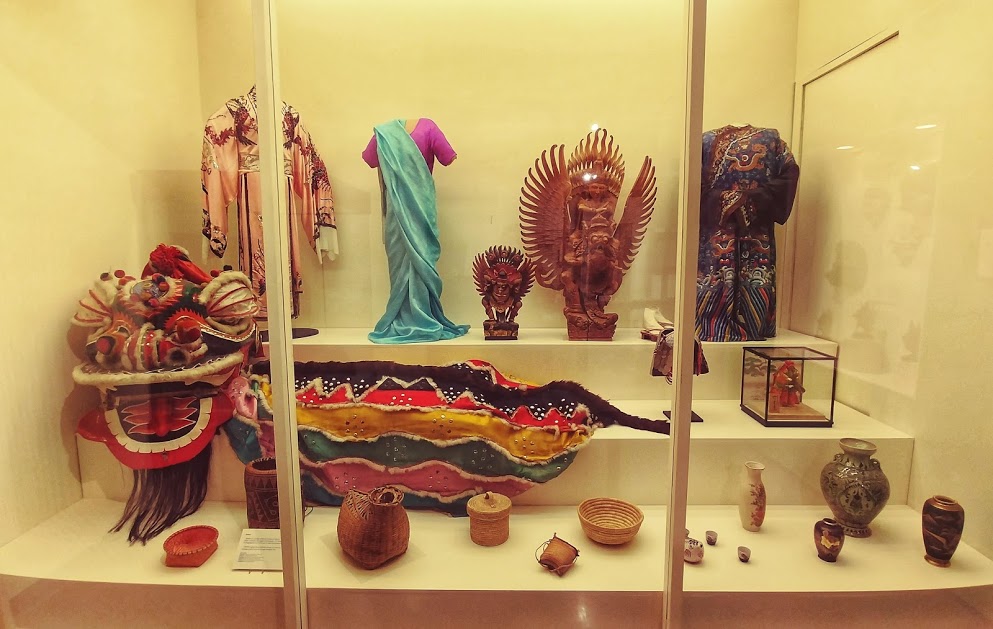
Above: The dragon costume reminds me of seeing the larger ones in parades in my childhood, in Victoria.

Above: Elextric Xylopohone, anyone? As you can see this piece is behind glass but I sure wish we could have played it.

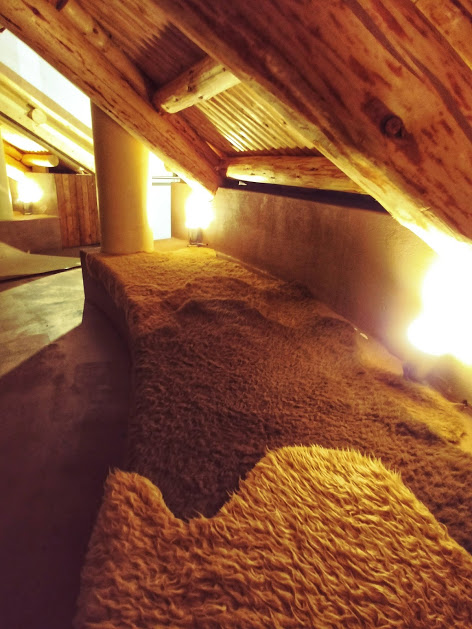
Above: The local Indigenous Peoples of the Okanagan built pit houses that helped them to stay cool in the summer and warm in the winter. This replica is a nice place to have a rest and listen to some local Indigeous musicians from a recording you can play inside it pit house.


Above: This blanket is iconic to Canadians as a recognized pattern of what was once the Hudson Bay Trading Company. What I appreciate about this exhibit is that it speaks a truth that Canada has spent a lot of years covering up; Colonization (in the past and today) has included cultural and literal genocide. The little plaque explains that smallpox was often transmitted through blankets and killed unknown numbers of Indigenous Peoples. What we do know, is that whole families and even entire communities were decimated. The only chance at moving forward it to recognize the truth and be open and willing to reconcile.
I am typing this from unceded territory of the Syilx/Okanagan Peoples.



Above: There are some interesting fossils and footprints to be found at the museum including this Therapod footprint and an impressively detailed fish fossil.
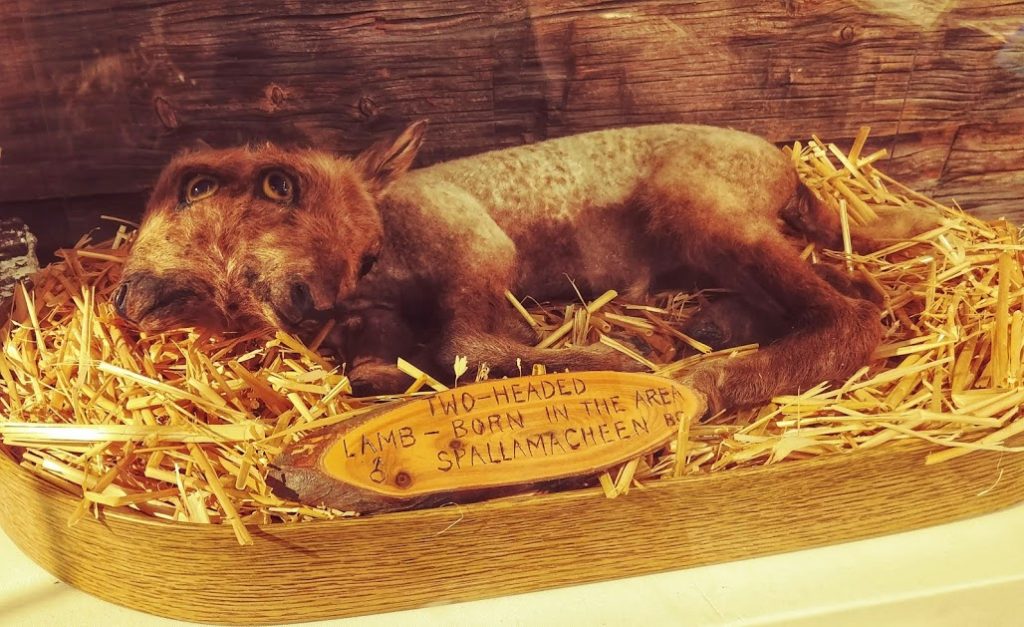
Above: There are a number of taxidermied animals and birds on display including this oddity.

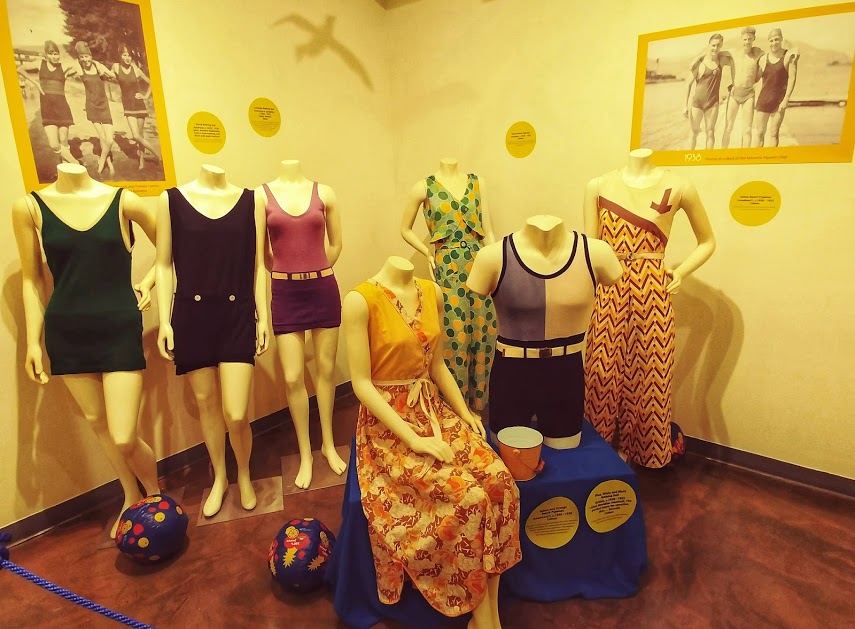

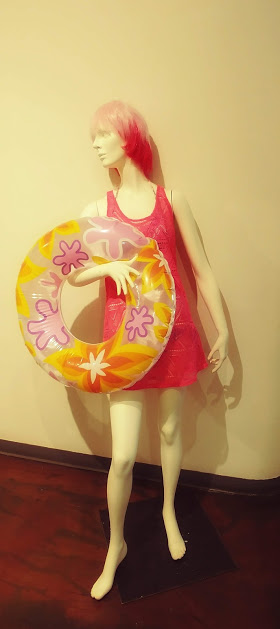
Above: One of the current temporary exhibit shows bathing suits through the decades. It’s a great summer addition to the museum and I enjoyed seeing many of the different patterns and fabrics.

Above: Ogopogo sighting!
These are just a sampling of what there is to discover at the Okanagan Heritage Museum. I encourage you to explore it for yourself!
